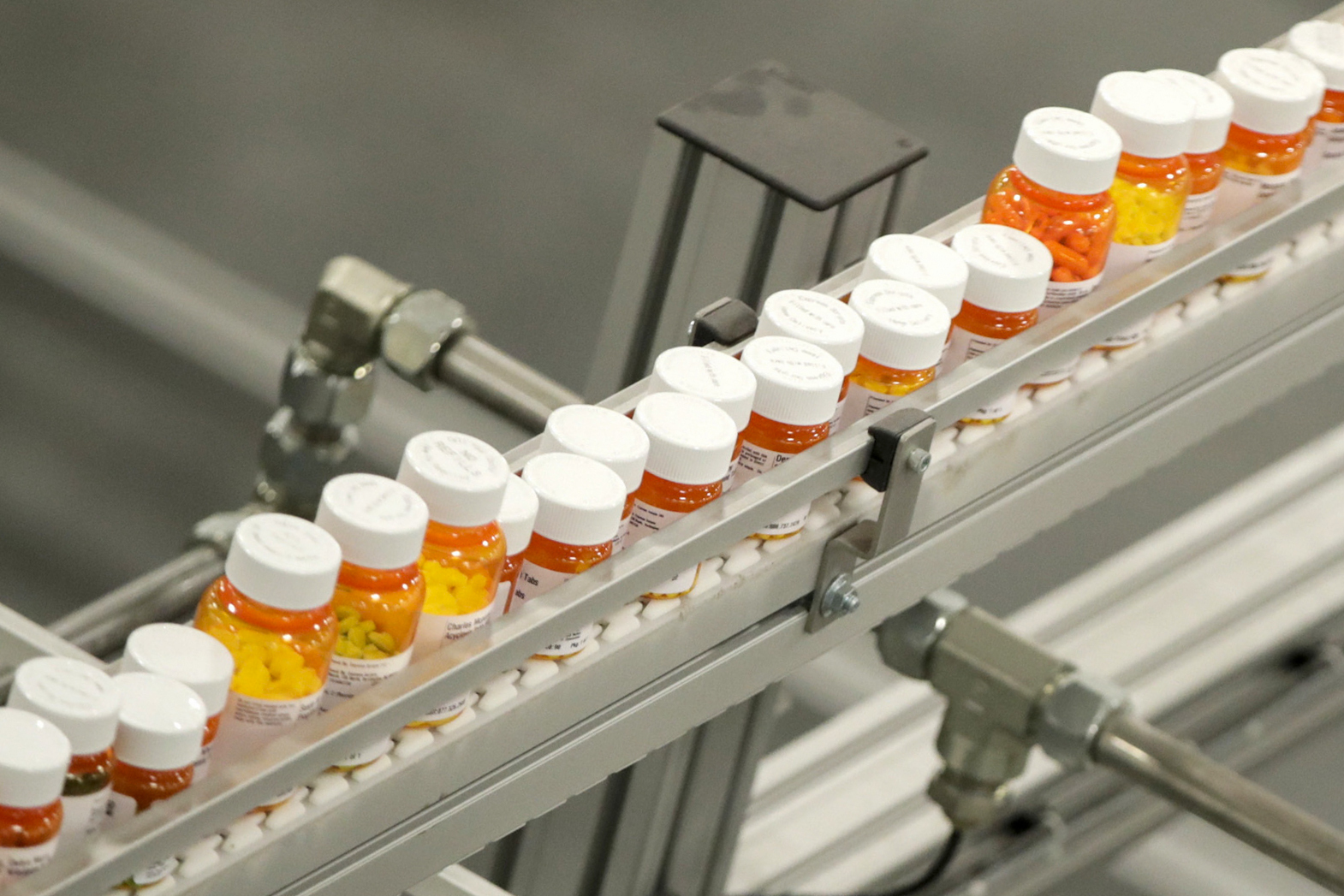|
Only have a minute? Listen instead
Getting your Trinity Audio player ready...
|
The Centers for Medicare & Medicaid Services recently announced the first 10 drugs that will be subject to Medicare’s new price controls. More drugs will follow each year.
Industry is grappling with the effects this change will have on new drug development — and it’s clear that lawmakers need to enact at least one adjustment to eliminate a distortion they introduced in the development pipeline.
The good news is that it’s an easy fix.
In crafting the legislation, lawmakers saw the need to strike a balance between lower prices for the government and the preservation of incentives for the development of new medicines. If a newly approved drug is subject to price controls before its sales can generate a return, investors will stay away, bringing innovation to a halt. So lawmakers knew that patented medicines would have to be exempt from price controls for a certain duration of time.
However, in a misguided move, lawmakers arbitrarily offered a lengthier exemption for large-molecule, “biologic” medicines. The law affords biologics — created using complex, living organisms — a 13-year exemption from price controls. It subjects traditional, small-molecule drugs, which are created through chemical compounds, to price controls after just nine years.
This distinction dramatically changes the investment calculus for life-science venture capital.
Drugs that make it to the marketplace need years of sales growth before generating a positive return. The upfront cost of developing a medicine is enormous. Even after a drug receives FDA approval, it takes the clinical community time to become familiar with its application. That’s in addition to ramping up manufacturing and negotiating with insurers to ensure coverage. It’s not surprising that around 50% of a drug’s cumulative sales occur in years 10 to 13 of availability.
While lawmakers were right to worry that stripping biologics of revenue in those years would wipe out future development prospects, they didn’t adequately consider the effect of a shorter revenue window for small-molecule drugs.
This difference — what investors are calling the “small-molecule penalty” — is motivating biotech investors to favor biologics over small-molecule therapies, even though the medical potential for the latter is brighter than ever.
Small molecule drugs make up 75% of all FDA-approved medications. Several of the first medicines subject to government price controls are small-molecule drugs that have had significant impacts on disease — including one that helps lower blood-sugar levels for patients with type 2 diabetes.
For some conditions, the size and low-molecular weight of small-molecule drugs offers a huge advantage, as they can penetrate cells and reach therapeutic targets more readily. These properties have researchers optimistic about new treatments for brain cancer, Alzheimer’s, obesity, osteoporosis, genetic disorders, and even aging itself.
The shorter revenue window for small-molecule drugs threatens to curtail development into these therapies. Lawmakers can fix their error by amending the timelines to give both small molecules and biologics a 13-year window to earn a return. That way, investors and developers can focus on bringing the best drugs forward, regardless of size.
John Stanford is executive director of Incubate in Washington, D.C.






